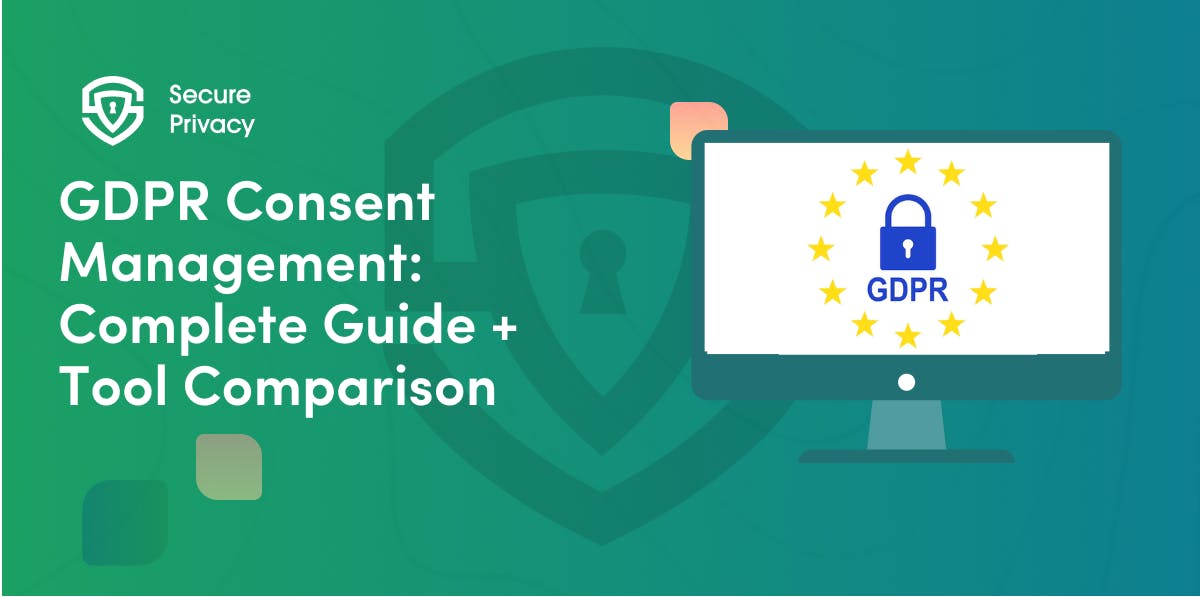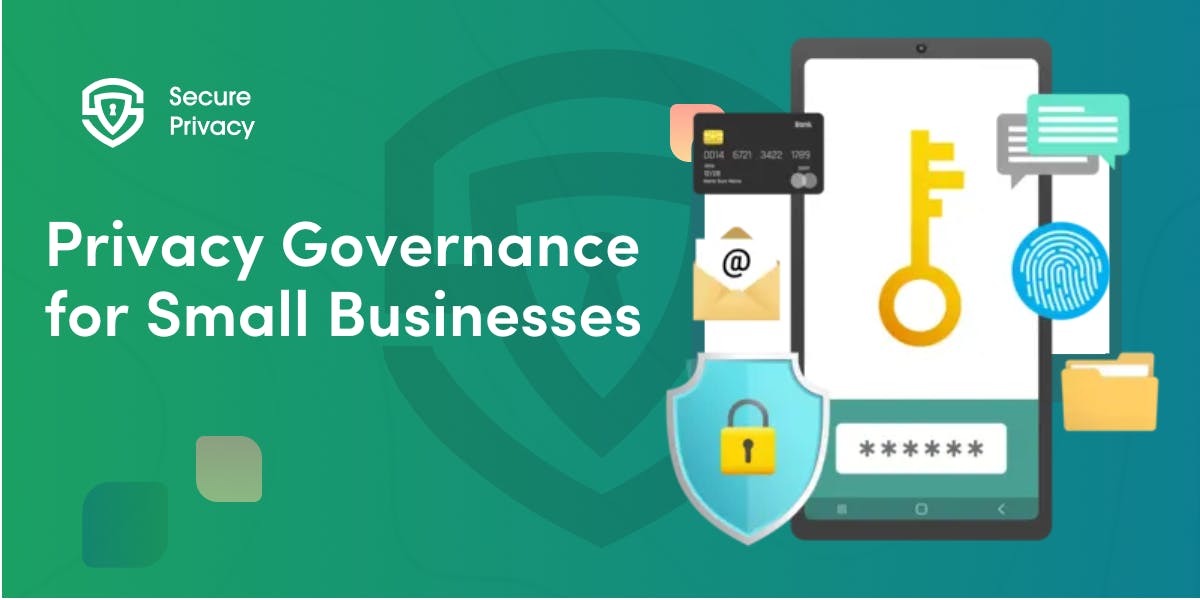EU AI Act Compliance: What Small Developers Need to Know Now
As a small developer or startup founder, you're stuck with a tough balancing act: meeting strict regulations without the deep pockets of tech giants. This breakdown cuts through the legal noise to focus on what actually matters for small shops under these new rules.
The EU AI Act that kicked in during July 2024 rewrote the rules for AI development across Europe. As a small developer or startup founder, you're stuck with a tough balancing act: meeting strict regulations without the deep pockets of tech giants. Getting a grip on this law isn't merely about dodging fines—it directly affects whether your business sinks or swims in Europe's new reality.
While Google and Microsoft throw entire departments at compliance problems, you need smart shortcuts that fit your budget and team size. This breakdown cuts through the legal noise to focus on what actually matters for small shops under these new rules.
The Risk-Based Framework That Determines Your Obligations
The EU AI Act takes a risk-based approach that directly impacts how much compliance work you'll need to handle. Your first priority should be determining where your AI system falls in this hierarchy:
Prohibited AI Applications
Some AI applications are flatly banned in the EU market, regardless of who develops them. These include:
- Social scoring systems that evaluate people based on behavior or characteristics
- Real-time remote biometric identification systems in public spaces (with limited exceptions)
- Emotion recognition in workplace and educational settings
- AI systems that manipulate human behavior to circumvent free will
If your product operates in these areas, you'll need to pivot or significantly modify your approach to remain in the European market.
High-Risk AI Systems
The most substantial compliance requirements target high-risk AI systems. Your AI application falls into this category if it:
- Serves as a safety component for products regulated under specific EU legislation
- Operates in a sensitive sector listed in Annex III of the Act, such as critical infrastructure, education, employment, law enforcement, or healthcare
For small developers, identifying whether your application qualifies as high-risk is crucial, as this classification triggers the most extensive compliance obligations.
Limited-Risk AI Systems
Some AI applications must meet transparency requirements but don't face the full compliance burden of high-risk systems. These include:
- AI systems that interact with humans (chatbots, virtual assistants)
- Emotion recognition systems (outside workplace/educational settings)
- Biometric categorization systems
- AI-generated or manipulated content (deepfakes)
For these applications, you must primarily ensure users know they're interacting with an AI system or viewing AI-generated content.
Minimal-Risk AI Systems
Most AI applications fall into this category and face minimal regulation. Examples include AI-powered spam filters, inventory management systems, and many B2B applications with limited human impact.
Even for these systems, following voluntary codes of practice demonstrates due diligence and prepares you for potential regulatory changes.
Your Compliance Roadmap for High-Risk AI Systems
If your application qualifies as high-risk, you face specific compliance requirements that require careful planning. Here's what you need to handle:
Conformity Assessment Process
Before market entry, your high-risk AI system must undergo a conformity assessment. Depending on your system, this may involve:
- Self-assessment following documented procedures
- Assessment involving a notified body (for specific systems)
- Conformity based on assessment of the quality management system
For small developers, self-assessment often applies, but you must document this process thoroughly to demonstrate compliance if questioned by authorities.
Technical Documentation Requirements
You must prepare and maintain comprehensive technical documentation for your AI system. While this seems daunting, the Act includes simplified documentation formats for SMEs. Your documentation must cover:
- General description of the AI system and its intended purpose
- Detailed system architecture and design specifications
- Description of components, including hardware and software elements
- Data governance and management procedures
- Risk management system details
- Verification and validation procedures and results
Start creating this documentation early in your development process rather than scrambling to assemble it later.
Risk Management Implementation
You must establish a risk management system that operates throughout your AI system's lifecycle. This system should:
- Identify and analyze known and foreseeable risks
- Estimate and evaluate risks that may emerge during operation
- Include appropriate risk management measures
- Provide for regular systematic updates
For small teams, integrating risk assessment into your existing development workflow makes this requirement more manageable.
Data Governance Practices
Data governance requirements for high-risk AI systems are substantial. You must ensure:
- Training, validation, and testing data meets quality criteria
- Data is relevant, representative, and free from errors
- Data processing addresses statistical flaws and biases
- Privacy and personal data are protected appropriately
These requirements apply even if you use third-party datasets, so carefully evaluate any data sources you incorporate.
Special Provisions That Level the Playing Field
The EU recognized that smaller entities might struggle with compliance, so the Act includes several provisions specifically designed to help you compete:
Regulatory Sandboxes: Your Testing Ground
As a small developer, you receive priority access to regulatory sandboxes—controlled environments where you can test and develop AI systems under regulatory supervision. These sandboxes offer:
- Real-time regulatory guidance during development
- The ability to validate compliance approaches before full market launch
- Reduced risk of post-launch regulatory issues
- Opportunities to engage directly with regulatory authorities
Contact your national authority to learn about sandbox availability in your jurisdiction.
Documentation Simplification
The Act permits simplified documentation formats for SMEs, reducing your administrative burden while ensuring you meet essential requirements. While documentation remains mandatory, you can use streamlined templates and formats specifically designed for smaller operations.
Cost Reduction Measures
Compliance costs must be reduced proportionally to your size and market share. This provision helps ensure that financial constraints don't prevent your participation in the AI market. When engaging with testing bodies or consultants, make sure they're aware of these proportionality requirements.
Communication Channels and Training
Member States must establish dedicated communication channels and organize training activities to assist SMEs with understanding and implementing the Act. These resources can provide valuable guidance without the expense of hiring specialized consultants.
Take advantage of these training opportunities—they represent free expertise that can significantly reduce your compliance burden.
Practical Implementation Steps
With a clear understanding of the requirements, here's how to integrate compliance into your development process:
Start With Risk Classification Assessment
Before diving into detailed compliance work, thoroughly assess whether your AI application qualifies as high-risk under the Act. This evaluation will determine your entire compliance approach. Consider:
- The intended purpose and use cases of your system
- The sectors in which your system will operate
- The potential impacts on users and affected individuals
Document your assessment process and conclusion to demonstrate due diligence.
Build Compliance Into Development
Rather than treating compliance as a separate workstream, integrate regulatory requirements into your development lifecycle:
- Incorporate data quality and governance checks into your data pipeline
- Add risk assessment steps at key development milestones
- Design system architecture with transparency and explainability in mind
- Implement logging systems that support post-market monitoring requirements
This integrated approach is more efficient than retrofitting compliance after development.
Leverage Available Support Resources
As a small developer, you qualify for various support mechanisms:
- Apply for regulatory sandbox participation as early as possible
- Access simplified documentation templates from regulatory authorities
- Participate in SME-focused training programs
- Engage with industry associations that provide compliance guidance
These resources can significantly reduce your compliance burden without compromising on regulatory requirements.
Prepare for Post-Market Obligations
Compliance doesn't end at market launch. You must maintain ongoing surveillance of your AI system, including:
- Monitoring system performance and potential risks in real-world use
- Collecting and analyzing user feedback
- Addressing emerging issues through updates and patches
- Maintaining accurate documentation of system modifications
Build these monitoring capabilities into your system architecture from the beginning to avoid costly retrofitting later.
Beyond Compliance: Strategic Advantages
While compliance may seem like a burden, it also creates strategic opportunities for small developers:
Trust as a Competitive Advantage
Regulatory compliance signals trustworthiness to potential customers and partners. As a small developer, demonstrating full AI Act compliance can help you compete against larger players, particularly in sectors where trust is paramount.
Getting Ahead of Tomorrow's Rules
AI regulations won't stand still. The skills and systems you build today will save you scrambling when the next round of rules drops. What looks like extra work now prevents major headaches down the road.
Access to the World's Largest Single Market
Full compliance ensures continued access to the EU's massive market. Given the EU's regulatory influence, compliance also positions you well for other jurisdictions that may adopt similar frameworks.
Reduced Liability Exposure
Thorough compliance reduces your liability risk. For small developers without extensive legal resources, this protection is particularly valuable.
Mastering the EU's New AI Rules
The EU AI Act presents small AI developers with both hurdles to clear and doors to open. While high-risk systems face substantial requirements, the Act deliberately includes provisions to give SMEs a fighting chance in a regulated market.
By pinpointing your specific obligations, tapping into available support programs, and weaving compliance into your development process, you can tackle these regulations head-on while building AI systems that earn user trust.
The small developers who pull ahead will be those who treat compliance not as red tape but as a market advantage that sets them apart from competitors. By tackling these requirements head-on rather than grudgingly, you give your business solid footing in tomorrow's regulated AI market.
For ongoing success under the EU AI Act, focus on:
- Staying informed about evolving interpretations and guidance
- Engaging with industry associations to share compliance best practices
- Documenting your compliance efforts thoroughly
- Leveraging the proportionate cost provisions and SME support measures
- Considering compliance requirements early in your design and development process
The path to compliance may seem challenging, but with strategic planning and the right resources, small developers can not only meet regulatory requirements but thrive within this new framework.
Get Started For Free with the
#1 Cookie Consent Platform.
No credit card required

GDPR Consent Management: Complete Guide + Tool Comparison
Your website could be costing you €20 million. Every cookie that loads before user consent, every "accept all" button without an equally prominent reject option — these aren't minor oversights. They're violations that data protection authorities are actively hunting.
- Legal & News
- Data Protection

How to Design High-Performing Cookie Banners in 2026
“You're one click away from a €325 million fine”. That's what Google learned in September 2025 when French regulators hit them for cookie consent violations. The message is clear: cookie banner design in 2026 isn't about getting extra clicks anymore — it's about survival.
- Legal & News
- Data Protection

Privacy Governance for Small Businesses: Step-by-Step Guide
You're a 20-person company. A customer asks for their data. Your marketing team just added a new tracking pixel. Your CRM vendor updated their terms. And you just realized you might need to comply with GDPR, CCPA, or both.
- Legal & News
- Data Protection

